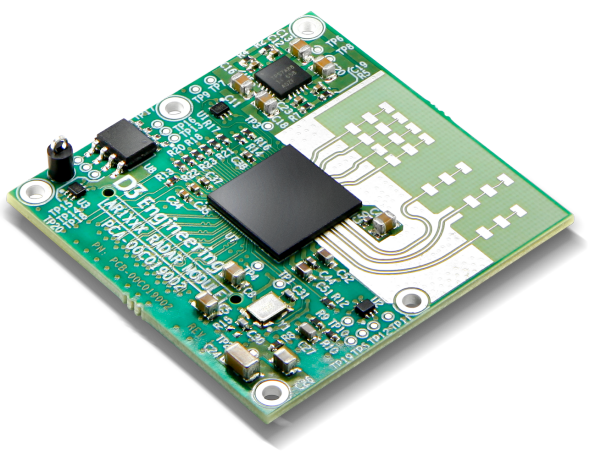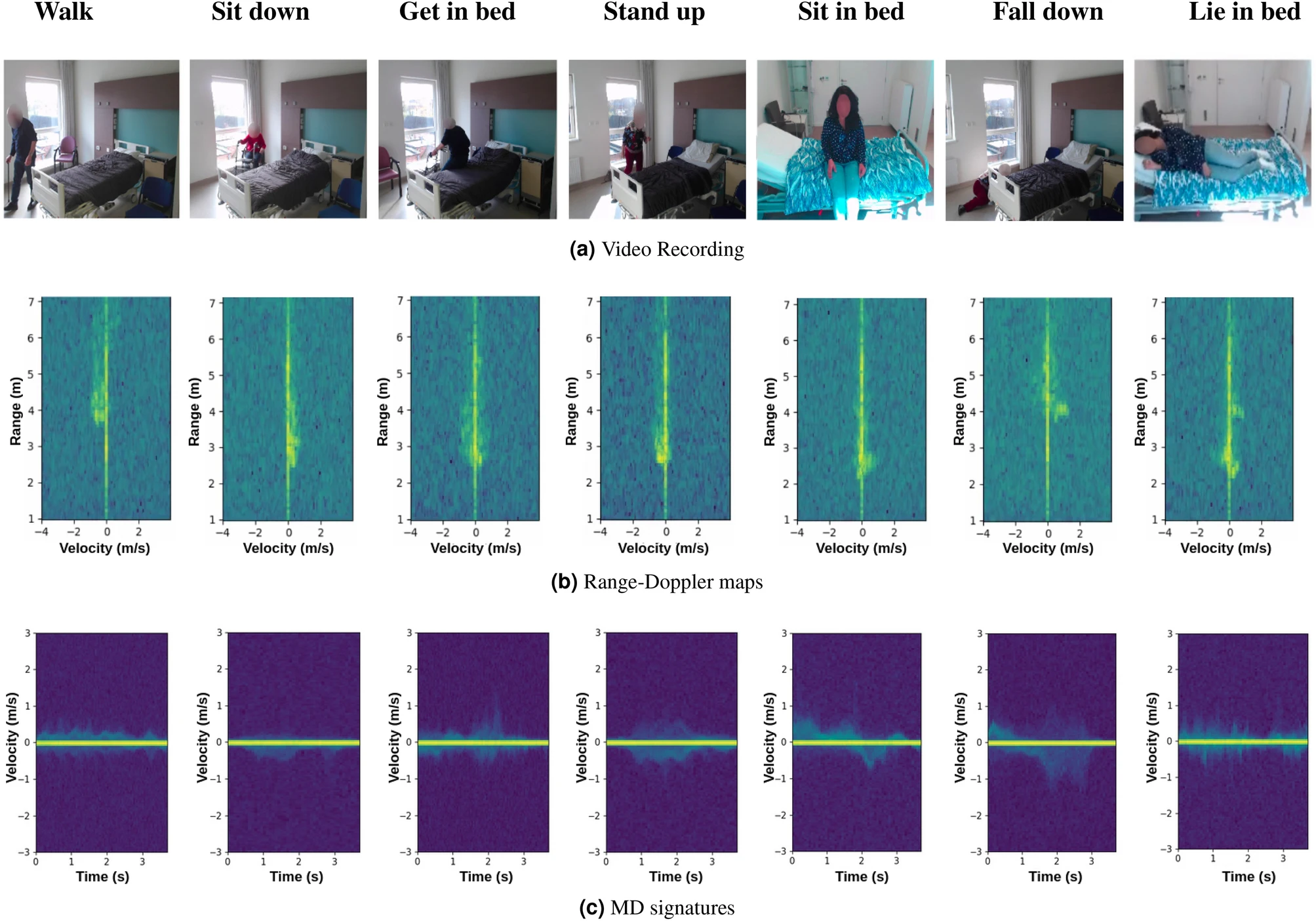Radar Research

Healthcare systems of today are facing two serious challenges: the rapid growth of the elderly population and a severe shortage of medical practitioners. Nowadays, patients are increasingly monitored using devices ranging from various medical sensors to typical Internet of Things (IoT) sensors. Indoor human activity recognition is one of the vital aspects of many intelligent surveillance systems ranging from smart homes to patient health monitoring tools. These surveillance systems commonly use video cameras as their primary sensors. Video-based surveillance systems have advantages such as wide viewing angles, high-definition resolution, and cost-effectiveness. However, they show fundamental deficiencies such as being inefficient in poor weather and low-light environments, more difficult to detect subjects with concealing clothes, etc. Moreover, video-based sensors are intrusive, and may not be a feasible choice where privacy plays an important role. In contrast, radar devices can operate in a variety of severe conditions such as rain, fog, dust, darkness, smoke, and heat. Further, radar devices are privacy-preserving and non-intrusive in their nature which facilitate their usage in environments with a high privacy demand. In addition, they are capable of sensing through the walls or any other obstructing elements. These qualities of the radar sensors make them a logical choice for indoor human activity recognition where privacy plays a significant role. Hence, modern and compact radar sensors are an interesting option as an alternative to video cameras in many applications today.
In the Figure below different signatures produced by a radar sensor are shown, with accompanying activities and images.

Datasets
In order to aid further radar research, we recorded participants performing different tasks using off-the-shelf radar systems. Given below are the datasets we captured:
- PARrad: Patient Activity Recognition using radar. A dataset containing 22 hours of data of 24 subjects performing various tasks in a hospital room setting.
- HARrad: The HARrad data set contains 4.32 hours of effectively annotated activity data distributed over 12 classes.
- IDRad: IDRad was retrieved using a Frequency Modulated Continuous Wave (FMCW) radar with a center frequency of 77GHz. The data set consists of 150 minutes of annotated micro-Doppler data equally spread over five targets and two different rooms.